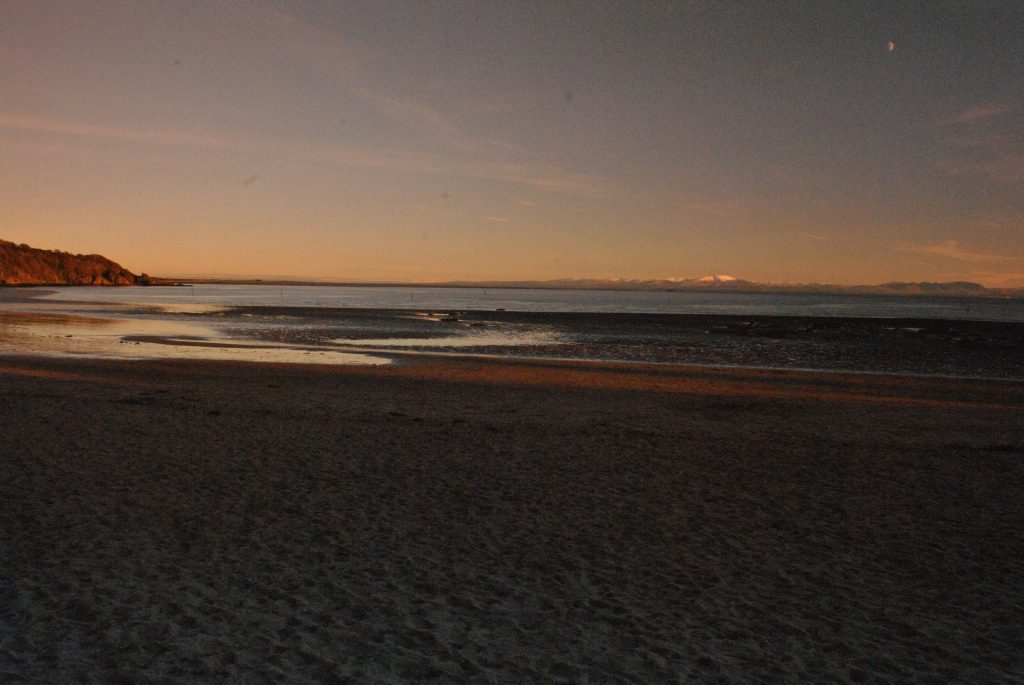Another good summer for Scotland’s Bathing Waters
In addition, the Scottish Environment Protection Agency’s (SEPA) daily water quality predictions had their best season ever this year, with 88% of poor water quality events correctly predicted in real time and warning messages displayed to the public.
This is the last time reporting will take this format which has been used since the introduction of the current Bathing Water Directive and which delivered 26 years of monitoring, better pollution control, and improved environmental management systems for our designated bathing waters.
All the sites originally designated in 1988, when current records began, have now been brought up to the mandatory or guideline European water quality standard. This is a significant improvement from that first year, when 13 sites failed.
Calum McPhail, SEPA’s acting Head of Environmental Quality, said:
While we are disappointed that two bathing waters failed this year, I think it’s important, as we move towards the revised standards and classifications in the new Directive next year, to look at how far we’ve come in understanding the environment and tackling the pressures on water quality. Whether it’s working with local farmers and land managers to reduce agricultural run-off or working with Scottish Water to identify improvements to their infrastructure, every year has brought further steps towards better water quality. That work will continue in 2015 and beyond.
“Access to water quality information for the public has never been better. From 1988 when sample results were only reported as an end of season outcome, now there are electronic information signs at 23 beaches, as well as SEPA’s website, smartphone app and Beachline number, which all provide on the day water quality predictions so that people have the information to choose whether to swim, paddle or stick to beach sports.”
Environment and Climate Change Minister Paul Wheelhouse said:
Despite this year’s more challenging conditions, it is encouraging to see that 82 out of our 84 bathing waters passed the European mandatory standard, with more than half continuing to meet the more stringent guideline standard.
“Weather, and specifically severe rainfall events, can play a key role in having localised impacts on water quality – undoubtedly this year’s results have been influenced positively in some cases by the fantastic beach weather we have seen this year and negatively in other cases when, for example, torrential downpours affected Scotland this summer, in the aftermath of Hurricane Bertha.
“Some beaches may not have met water quality aspirations, but it is typically the case that they may fail to meet the desired standard only once or twice a year. Where water quality is predicted not to meet the desired standard due to forecast severe rainfall, our investment in a network of electronic signs at many of our popular beaches, continues to provide accurate daily information to bathers and water sports enthusiasts, and we must continue to build on the provision of such information.
“Scotland is continuing to prepare for the tighter European bathing water quality standards that come in next year along with a new classification system for bathing waters. The Scottish Government and SEPA will continue to work closely with key partners on providing public information at our bathing waters, and to protect, manage, and improve areas where water quality is at risk.”
Predictions for the 2015 season, along with more information on how far we’ve come since 1988 are available on SEPA View, SEPA’s online magazine, at
www.sepaview.com/2014/09/tidal-change-achievements-at-the-ebb-of-the-current-directive-and-the-challenge-ahead/
Results for individual beaches can be found at www.sepa.org.uk/water/bathing_waters/sampling_and_results.aspx
Ends





